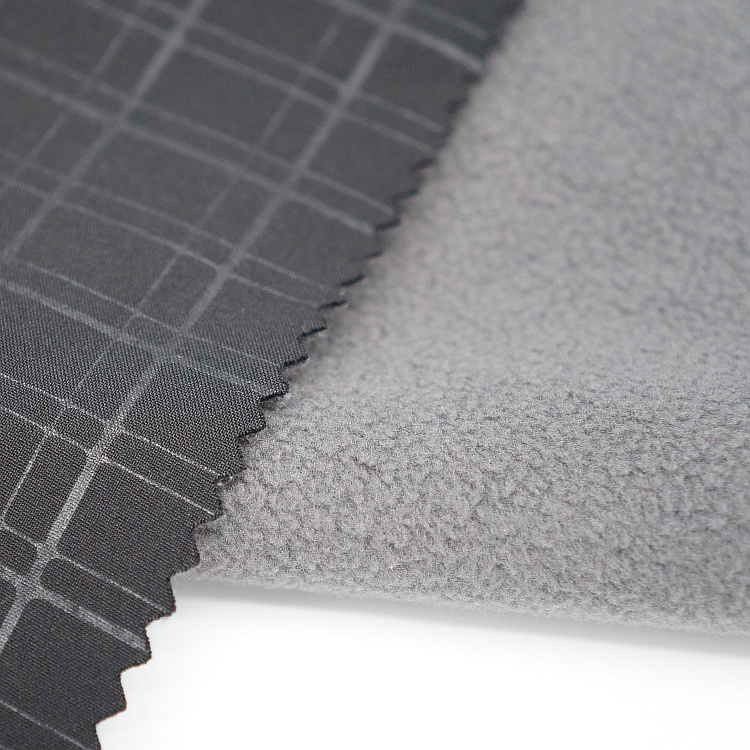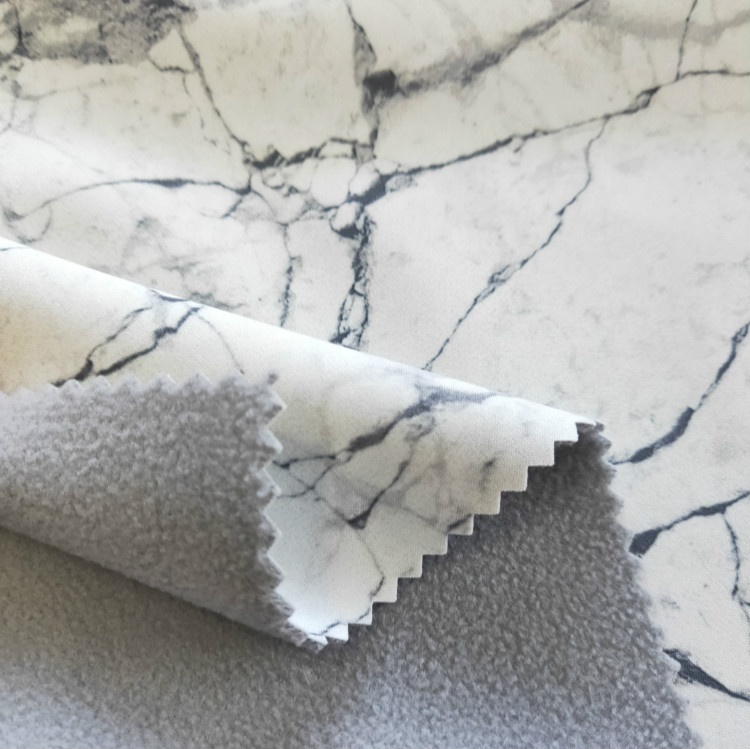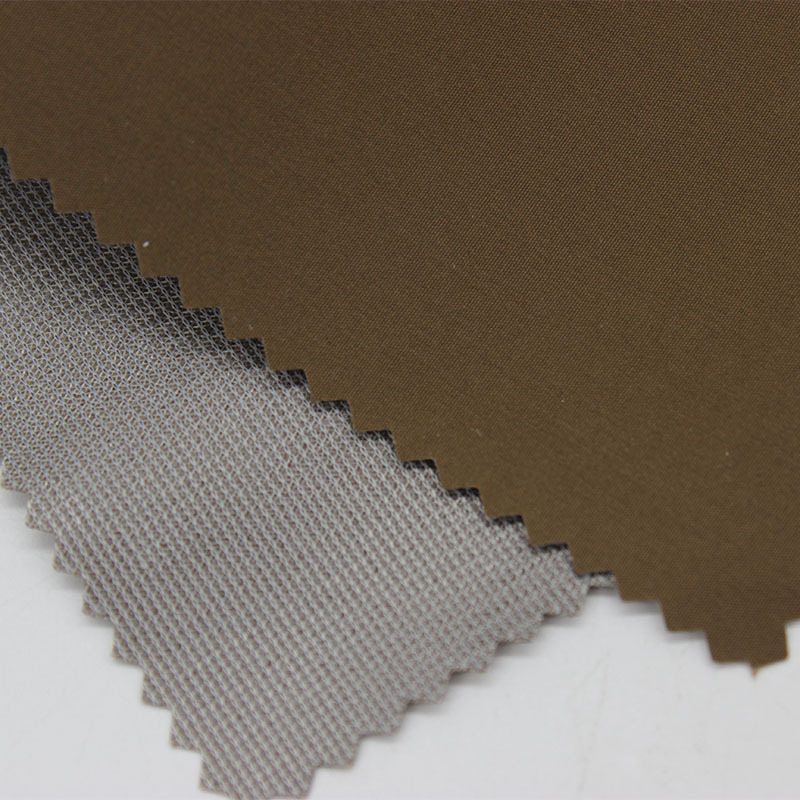NEWS

Functional finishes for outdoor sportswear fabrics
- Categories:Company News
- Author:
- Origin:
- Time of issue:2011-05-27 16:23
- Views:0
(Summary description)Although there is a wide range of outdoor sports, specialised outdoor clothing such as assault suits are mainly used for alpine sports such as mountaineering and skiing. In addition to the physical and skill requirements of the participants, outdoor sports also require outdoor clothing that can be adapted to the harsh weather and complex geography to ensure the personal safety of the participants.
Functional finishes for outdoor sportswear fabrics
(Summary description)Although there is a wide range of outdoor sports, specialised outdoor clothing such as assault suits are mainly used for alpine sports such as mountaineering and skiing. In addition to the physical and skill requirements of the participants, outdoor sports also require outdoor clothing that can be adapted to the harsh weather and complex geography to ensure the personal safety of the participants.
- Categories:Company News
- Author:
- Origin:
- Time of issue:2011-05-27 16:23
- Views:0
Although there is a wide range of outdoor sports, specialised outdoor clothing such as assault suits are mainly used for alpine sports such as mountaineering and skiing. In addition to the physical and skill requirements of the participants, outdoor sports also require outdoor clothing that can be adapted to the harsh weather and complex geography to ensure the personal safety of the participants. Although there is no fundamental difference between outdoor sports clothing and clothing worn at home, the two characteristics of the outdoors and sports make the requirements for clothing relatively strict and harsh: outdoor sports generate a lot of heat and perspiration evaporation, requiring clothing with good heat dissipation and breathability Outdoor sports require clothing with a certain degree of waterproof performance as rain, wind and snow fog are inevitable Outdoor sports require lighter loads and lighter clothing. Outdoor washing conditions are limited, antibacterial, anti-odour and stain resistance of garments are high. Field work in rock climbing and forestry requires garments with good tensile and tear resistance ....... No single natural or chemical fibre can meet these requirements, and these functions can only be achieved as far as possible through multi-fibre combinations and multi-path chemical finishes.
1. Warmth retention
Although warmth is closely related to fabric thickness, outdoor sports do not allow the garments to be too heavy, so they need to be both warm and lightweight in order to meet the special requirements of outdoor sports clothing. The most common method is to add special ceramic powders containing chromium oxide, magnesium oxide and zirconium oxide to the spinning liquor of synthetic fibres such as polyester, especially nano-sized micro ceramic powders, which can absorb visible light such as sunlight and convert it into heat energy. The far-infrared ceramic powder, binder and cross-linking agent can of course also be formulated into a finishing agent that coats the woven fabric and then dries and bakes it so that the nano-ceramic powder adheres to the surface of the fabric and the yarn. The finishing agent emits far-infrared rays at wavelengths of 8 to 14 μm and also has health functions such as anti-bacterial, anti-odour and blood circulation promotion.
In addition, according to the principle of bionics, the structure of polar bear fur is used as a reference to make the polyester fibres porous and hollow inside, so that the fibres contain a large amount of air that does not circulate, and the outside is made into a spiral curl to maintain fluffiness. Of course, it is also one of the most traditional warmth measures to make clothes and even fabrics double or even triple-layered to increase the layer of air that does not circulate.
2. Water and moisture permeability
Sports give off a lot of sweat, and the outdoors is inevitably exposed to wind and rain, which is a contradiction in itself: you need to be able to protect yourself from rain and snow, but at the same time you need to be able to disperse the sweat that your body emits in time. Fortunately, the human body emits water vapour in its single-molecule state, while rain and snow are liquid droplets in their aggregated state, and there is a huge difference in size between them. In addition, liquid water has a property known as surface tension, which means that it aggregates its own volume. The water we see on lotus leaves is in the form of granular droplets rather than spreading out as stains, because the surface of the lotus leaf has a waxy, fuzzy tissue attached to it and the droplets are unable to spread and penetrate the waxy fuzz due to surface tension. If you dissolve a drop of detergent or washing powder in a water droplet, the droplet will immediately disintegrate and spread out on the lotus leaf due to the detergent's ability to greatly reduce the surface tension of the liquid. Waterproof and breathable garments take advantage of the surface tension properties of water by applying a chemical coating of PTFE (which has the same chemical composition but a different physical structure to PTFE, the "king of corrosion-resistant fibres") that increases the surface tension of the fabric. It cannot penetrate the pores in the fabric tissue. At the same time, the coating is porous, so that water vapour in its monomolecular state can pass through the capillary pores between the fibres and onto the surface of the fabric.
If you stop for a break in the field after a large amount of exercise, water droplets may form on the inside of your clothes because of the low outside temperature and the inability of perspiration to escape in time, giving you an uncomfortable feeling of "condensation". A special moisture-permeable finishing process called 'low condensation' uses polyurethane (PU) and hydrophilic nano-ceramic powders to coat and finish the fabric, which absorbs excess sweat vapour as the body evaporates large amounts of sweat, thus avoiding the phenomenon of water vapour exceeding the saturated vapour pressure and turning into water droplets inside the garment.
As well as thinking in terms of fibres and coatings, it is also possible to structure the fabric in such a way that it absorbs and wicks away as much perspiration as possible. For example, if a double-layer structure is adopted, with the inner layer of the body using hydrophobic fibres and the outer layer using hydrophilic fibres, perspiration can be transferred from the skin to the inner fibres by means of capillary action, and due to the stronger binding of water molecules in the outer hydrophilic fibres than in the inner hydrophobic fibres, water molecules are again transferred from the inner layer of the fabric to the outer layer and finally emitted into the atmosphere.
3. Antibacterial and anti-odour properties
Due to the nature of exercise, sweat and sebaceous glands are produced in large quantities. Outdoor conditions, however, do not allow for frequent changes of clothing and, at the right temperature and humidity, micro-organisms multiply, causing unpleasant odours and itching on the human body. Regular outdoor clothing is therefore chemically finished with an antibacterial and anti-odour finish. Finishing is generally achieved by fixing organic quaternary amines, imidazoline surfactants or heavy metal ions such as silver and copper to the fibres through resins and cross-linkers, which have a bactericidal effect and make them resistant to washing. Of course, an important principle in the selection of fungicides must be that they are non-toxic or low-toxic, otherwise it would be a case of choosing the lowest common denominator. For example, aromatic oil extracts such as aloe vera, mugwort, eucalyptus leaf, rose, etc., which have bactericidal effects, are coated with porous organic microcapsules or porous ceramic powder and attached to the fabric, and then cross-linked and fixed with resin to slowly release the bactericidal agent through mechanical action such as friction and pressure to achieve the purpose of durable antimicrobial finishing. This type of natural antimicrobial agent is not only non-toxic and harmless, but also has certain health care functions, which should be the development direction of antimicrobial finishing. However, as the means of fixing antimicrobial agents are currently limited, the antimicrobial agents are not sufficiently resistant to washing, and the antimicrobial performance decreases somewhat with each wash, generally disappearing completely after a few dozen washes.
Dow Corning AEGIS anti-mildew antimicrobial agent using molecular bonding will be eighteen long carbon chain evenly distributed in the fabric surface, and fabric fibres combined as one, after relying on physical action to sterilise, but different from other through chemical action to sterilise, in order to achieve permanent antibacterial effect.
4. Stain protection and easy stain removal
Outdoor sports often involve walking through muddy, damp mountains and forests, where it is inevitable that clothes will get dirty, which requires that the exterior of the garment be as resistant as possible to stains and, once stained, easy to wash and remove. Changing the surface properties of the fibres greatly increases the surface tension of the fabric, making it difficult for oil and other stains to penetrate into the fabric. The stain-proof finishing not only can prevent oil pollution, but also has the performance of water and moisture permeability, generally known as the "three-proof finishing" (water repellent, oil repellent, stain-proof), belongs to the more practical and effective means of advanced chemical finishing, commonly used in the outer layer of clothing and backpacks, shoes, tents on the fabric finishing.
5. Anti-static and anti-radiation finishes
Mountaineering is the core of outdoor sports, in addition to the original dense forests, altitudes of more than 3,000 metres above sea level, due to low air pressure, moisture is easy to evaporate, the environment is generally relatively dry, and outdoor clothing are basically made of chemical fabrics, so the problem of static electricity is more prominent. General hazards of electrostatic performance as clothes easy to pilling, easy to stain dust and dirt, close to the skin with electric shocks and sticky feeling and so on. If you carry sophisticated electronic devices such as electronic compasses, altimeters, GPS navigators, etc., there is a risk that the static electricity in your clothing will interfere with your work and cause errors, with serious consequences.
Static electricity can be generated by any object rubbing against each other, but only dry, insulating objects can accumulate static electricity and cause harm. The best anti-static fabrics are of course those made from natural fibres, but as mentioned earlier, natural fibres are not suited to the special requirements of outdoor sports and even natural fibres can cause static electricity in very dry conditions due to the lack of water molecules. There are two main ways of finishing the antistatic properties of fabrics: one is simply to weave wire into the fabric and make it into a conductive fabric (also an electromagnetic wave shielding fabric and an anti-radiation fabric), so that the static electricity generated by friction can be conducted and dissipated to the outside world in a timely manner. However, this type of fabric is not suitable for sportswear, mainly because it is not flexible enough to be comfortable. Another method is to use block polyethers, polyacrylates and other antistatic agents with a moisture-absorbing effect, to coat the surface of the fabric with a layer of chemical films that can adsorb water molecules, so that the surface of the fabric to form a continuous layer of conductive water film, the static electricity conduction to dissipate.
At high altitudes, due to the relative thinning of the atmosphere, the UV-blocking and filtering effect is greatly reduced, and the intensity of UV light is much higher than at lower altitudes. UV is effective in promoting the production of vitamins and has an antiseptic effect, but excessive exposure can cause damage to the skin. The penetrating power of UV is so strong that ordinary fabrics cannot completely shield the skin from it. The UV shielding agent such as nano-sized inorganic titanium dioxide (TiO2) and nano-sized zinc oxide (ZnO) and organic UV absorbers such as salicylic acid, cyanoacrylate, benzophenone and benzotriazole are fixed to the fabric by means of resin cross-linking, which can play a certain role in preventing radiation.
It could be argued that outdoor sportswear represents the latest frontier in the development of textile science, which is an important reason why a seemingly insignificant hiking suit or trousers can easily cost hundreds, thousands or even thousands of dollars (not excluding factors such as brand value and functional style). Although the price is indeed not low, a set of professional outdoor sports clothing that combines windproof, breathable, moisture-proof, warm and radiation-proof properties can sometimes have the same meaning as life for a mountaineer! However, due to the diversity, complexity and unpredictability of outdoor sports, where the functionality of clothing can have very different requirements depending on the environment and mode of movement, the overall performance of outdoor sports clothing is not always perfect in terms of current science and technology.
TOP




